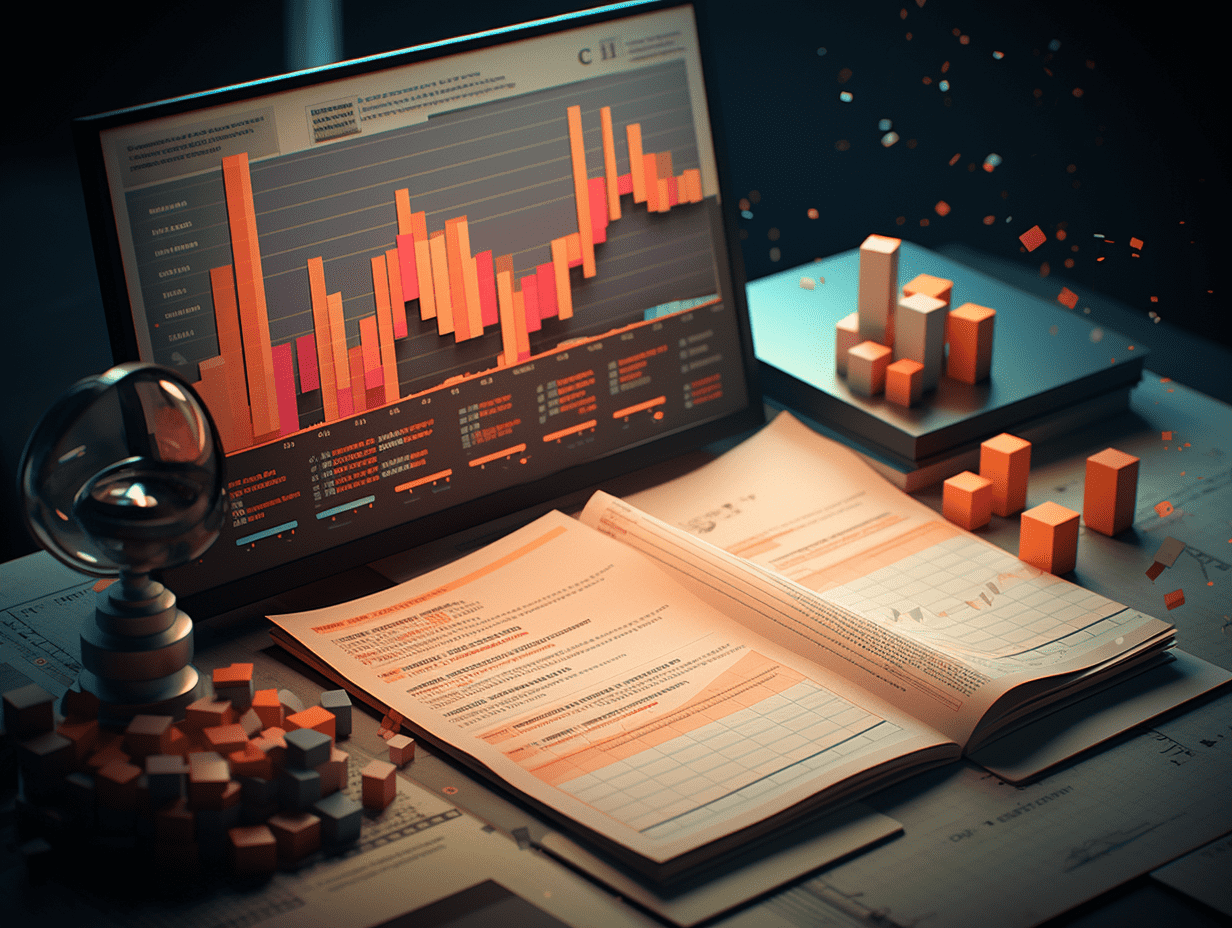Goldman Sachs: Gold should be included in a diversified investment portfolio, "most strongly recommended" commodity.
Goldman Sachs believes that the increasing reputation risk of American institutions and the intensification of commodity supply concentration have created "tail risks," investors should consider including commodities in their portfolios to achieve diversified allocation.
Facing the risks to the independence of the Federal Reserve, supply chain concentration, and other factors, Goldman Sachs points out that commodities, especially gold, are becoming key tools for hedging against traditional asset risks.
On September 5th, according to Wind Trading Platform, Goldman Sachs stated in its latest commodity strategy research report that although the commodity index is expected to have moderate returns in the next 12 months under the baseline scenario, investors should consider including commodities in their portfolios for diversification, with gold being referred to as the "highest-conviction long".
The report believes that rising institutional credit risks in the United States and increasing concentration in commodity supply create "tail risks," which could lead to a surge in commodity prices while stocks and bonds fall. Goldman Sachs lists gold as its "highest-conviction recommendation" in the commodity sector, maintaining a target price of $3700/ounce by the end of 2025, $4000/ounce by mid-2026, and suggests that gold prices could rise above $4500/ounce in extreme scenarios.
Goldman Sachs also emphasizes in the report that three major structural trends (de-risking energy, defense spending, dollar diversification) are tightening the supply and demand dynamics in the commodity markets, especially mentioning gold and copper, which have a delayed price response to supply changes.
Diversification value of commodities highlighted
The report states that since the spring, the market has shifted from tariff uncertainty to tariff reality, which has helped stabilize economic indicators and reduced the probability of a US economic recession.
Nevertheless, Goldman Sachs believes that current US job growth is slowing down and the risk of an economic downturn is still higher than historical averages. In this context, the attractiveness of commodities as a tool for portfolio diversification has further increased. Goldman Sachs predicts that commodities will play an increasingly important role in hedging inflation and extreme risks.
In Goldman Sachs' baseline scenario, the commodity index is expected to have only moderate positive returns in the next 12 months.
The bank maintains its bullish views on gold (robust central bank purchases), copper (electricity, infrastructure, and defense demand), and US natural gas (liquefied natural gas exports), but expects the current oversupply in the oil market to worsen.
Goldman Sachs expects strong non-OPEC (excluding the US) oil supply growth to create a surplus of 1.8 million barrels per day in the global market by 2026, ultimately pushing Brent crude prices to a low of $50/barrel by the end of 2026.
Risk of the Federal Reserve's independence boosting gold prospects
Goldman Sachs particularly emphasizes the scenario risk of damage to the independence of the Federal Reserve. If the independence of the Federal Reserve is compromised, it could lead to rising inflation, falling long-term bond prices, declining stock prices, and a weakening of the US dollar's reserve currency status. In contrast, gold, as a store of value, does not depend on institutional trust.
The report points out that if private investors diversify their investments in gold more like central banks, gold prices could even exceed the tail risk scenario of $4500/ounce, which is already significantly higher than the baseline forecast of $4000/ounce by mid-2026.
Goldman Sachs estimates that if 1% of the funds from private ownership of the US Treasury market flow into gold, assuming other conditions remain unchanged, the price of gold will rise to nearly $5000/ounce. Therefore, gold remains Goldman Sachs' highest-conviction long recommendation in the commodity sector.
Increasing risk of commodity supply concentration
The increasing concentration of commodity supply poses another significant risk.
Goldman Sachs states that the concentration of key commodities' supply has increased, and major producing regions are often in geopolitical or trade dispute hotspots (such as the Middle East, Russia, China-US). In this scenario, tools like export restrictions and "resource weaponization" are being frequently used, leading to frequent supply disruptions, heightened price fluctuations, and upward inflation.
The report points out that the competition among major nations for key resources has intensified the risks of supply disruptions and price fluctuations. Goldman Sachs cites examples such as the 2022 Russia-Europe gas crisis, disruptions in the Red Sea and Panama Canal, to illustrate the impact of supply chain fragility on commodity prices.
Furthermore, Goldman Sachs states that OPEC+'s idle production capacity is decreasing, and once there is an interruption in oil supply, oil prices will be more likely to spike.
Structural "3D trends" support medium and long-term bull market for commodities
Goldman Sachs emphasizes that three major structural trends (de-risking energy, defense spending, dollar diversification) are systematically tightening the supply and demand dynamics in the commodity markets.
1. De-risking energy:
Global energy security policies are driving investments in the grid, greatly increasing the demand for copper. Goldman Sachs predicts that by 2030, investments related to the grid will contribute to 60% of global copper demand growth, with copper prices expected to reach $10,750/ton by 2027.
2. Increase in defense spending:
The share of European military spending in GDP is expected to rise from 1.9% in 2024 to 2.7% in 2027. Related metal equipment spending will drive a significant increase in demand for industrial metals such as copper, nickel, and steel, providing substantial support for metal prices.
3. Central bank "de-dollarization":
Since the freezing of Russian dollar assets by the West in 2022, central bank gold purchases have increased fivefold, driving up gold prices by 94% since 2022. Emerging Asian countries are expected to continue buying gold on a large scale for several years, constituting long-term institutional buying support for gold.
This article is an excerpt from Wind Trading Platform, edited by GMTEight: Chen Wenfang.
Related Articles

Bezent hits the Federal Reserve: must be "human", QE only for emergencies, first time mentioning moderate long-term interest rates

AI computing power investment is undergoing a major shift! Market is betting big on the strong rise of ASIC.

The U.S. SEC forms "Cross-Border Task Force": Targeting securities fraud of foreign companies, strengthening oversight of auditing and underwriting.
Bezent hits the Federal Reserve: must be "human", QE only for emergencies, first time mentioning moderate long-term interest rates

AI computing power investment is undergoing a major shift! Market is betting big on the strong rise of ASIC.

The U.S. SEC forms "Cross-Border Task Force": Targeting securities fraud of foreign companies, strengthening oversight of auditing and underwriting.

RECOMMEND

“Land King Harvester” Greentown Sees Profits Plunge 90% to RMB 210 Million as “Survival Becomes Paramount”
04/09/2025

Fed’s Beige Book Reveals Multiple Economic Concerns: Slowing Hiring, Rising Prices, Cautious Consumers
04/09/2025

U.S. Tariff Receipts Soar Past $31 Billion in August, Setting New Monthly Record
04/09/2025


